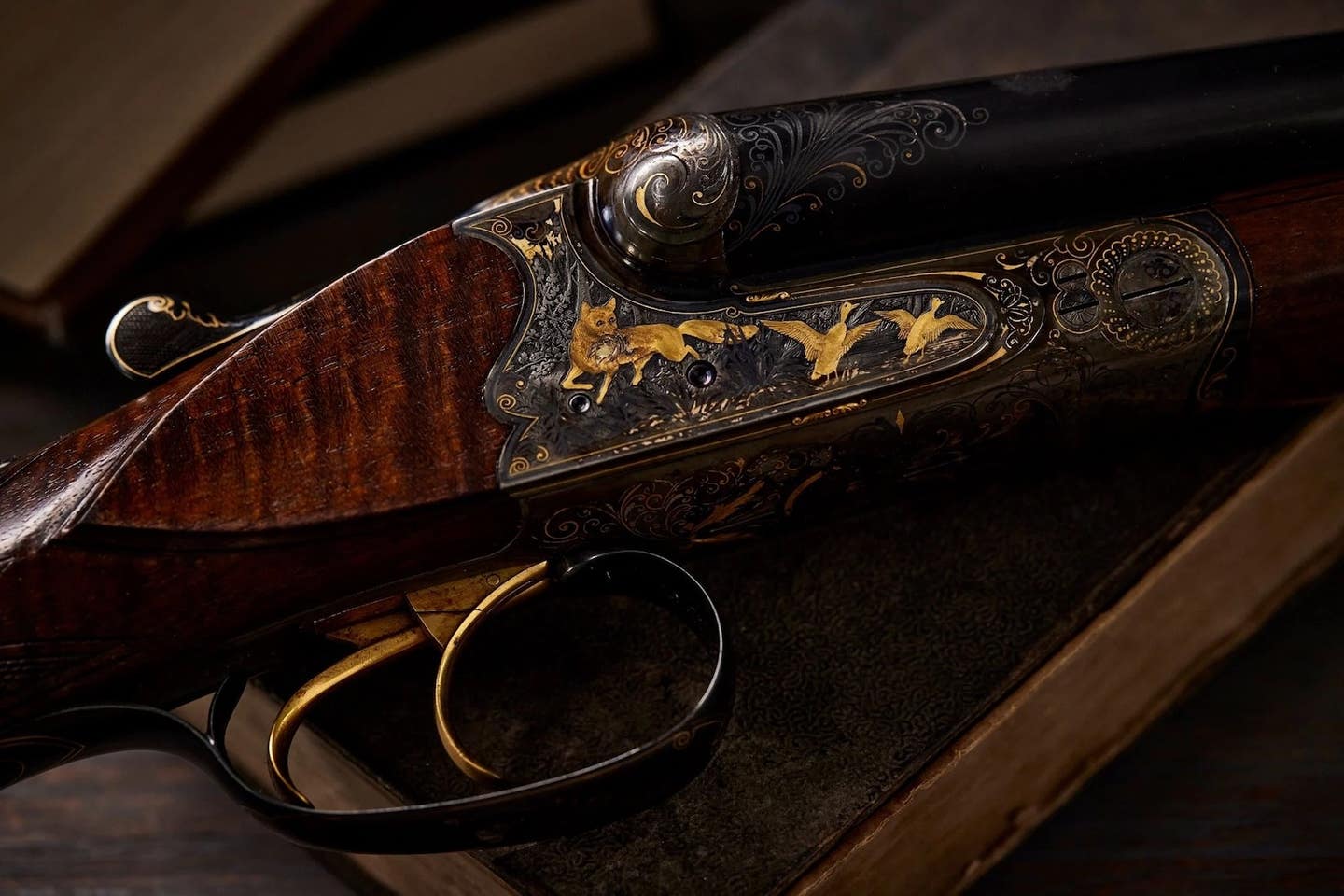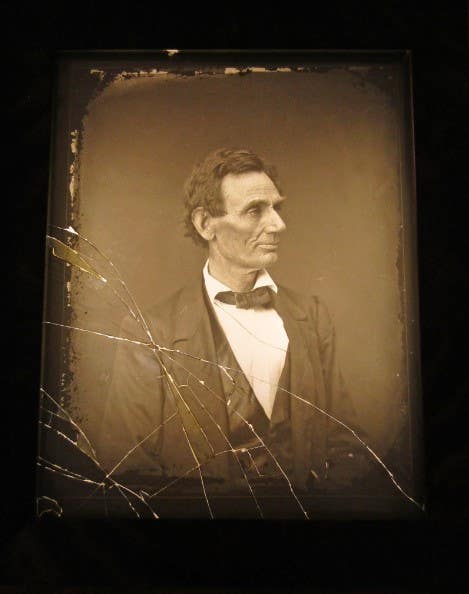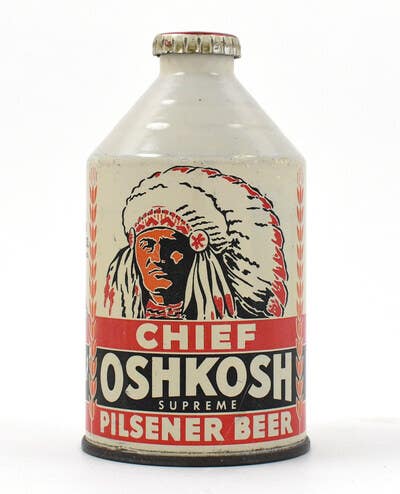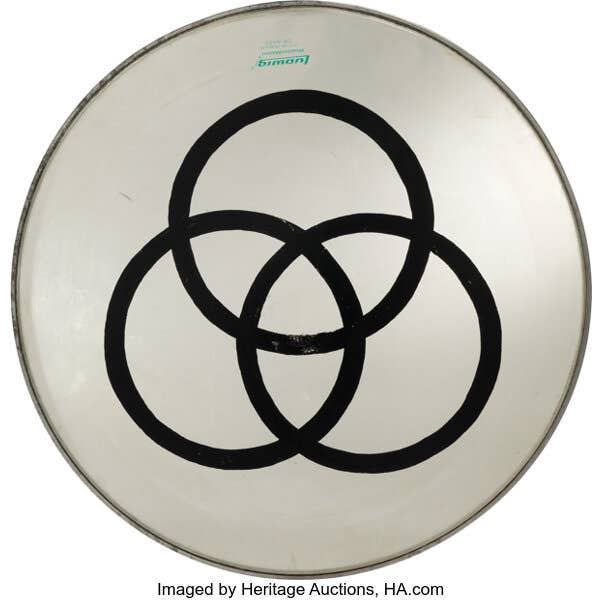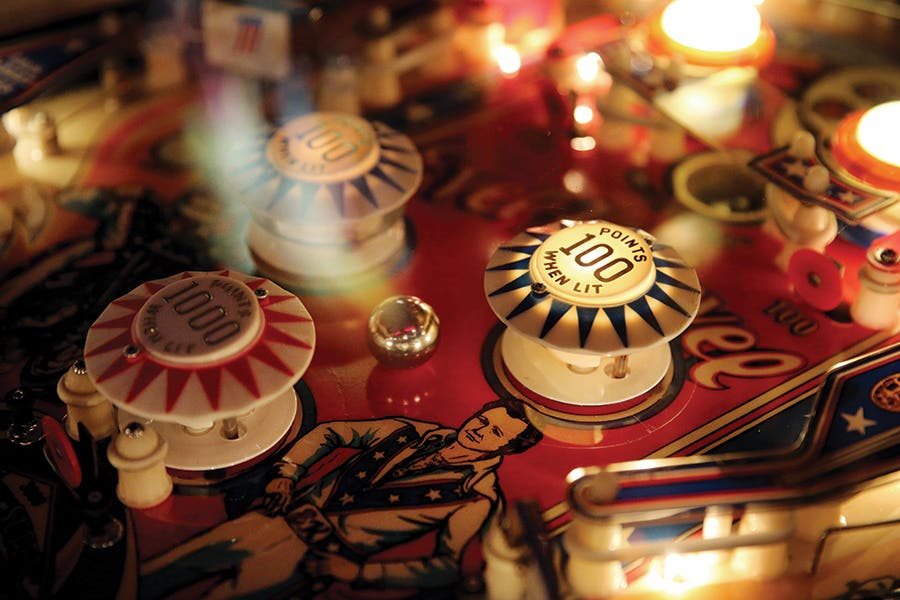Vinaigrettes fight foul odors
Throughout much of history, there was one lingering unpleasantry, but certainly not one that was uncommon: Odors. In this article, Dr. Anthony Cavo discusses odor-fighting devices of the past.
Dr. Anthony J. Cavo
It is difficult to comprehend that some of our smallest works of antique art, including vinaigrettes, took their inspiration from disease, foul odors and fleas, and yet, the facts are indisputable.
Odor Fighting Over the Centuries
Imagine a typical overcrowded 18th or 19th century city without plumbing facilities, where human and animal refuse littered the streets, and animals roamed freely. Consider the multiple layers of heavy cotton or wool-clothing people wore during hot days as well as cold and how rarely those same people bathed, if at all. There was little oral hygiene and no hygienic paper products. There were no wash machines, multiple changes of clothing, and no routine garbage collection. It was a world where flea-ridden rodents ruled.
Cows had fleas, horses had fleas, dogs and cats had fleas, so did people – and they all stank. How would a person mitigate these circumstances enough to make life bearable? If you were poor you could not; if you were wealthy there was not much more you could do except afford a vinaigrette or fancy flea trap.
Traps Stash
Among the wealthy class flea traps were every much an accessory as jewelry, hats, gloves, and a fan; they were worn around the neck, tucked into clothing, stashed under a wig, or placed in a bed. Flea traps have been in use since the Middle Ages. They were made of silver or ornately carved ivory or bone; their beauty typically belies their unpleasant purpose.
Early flea traps are difficult to find for a couple of reasons. First, they are scarce; second, they are misidentified as vinaigrettes or even needle cases. As a result, comparative pricing can be tricky. Linear, cylinder and bulbous shapes are the most common forms and sell in the $250 to $300 range, although there is one currently listed online from the 17th century for $20,000, which is remarkably inflated. The hand-carved bone, Russian flea trap illustrated here would sell in the $300 to $400 range.
An interesting fact to note is the origin of the color puce. “Puce” is the French word for flea, and by extension, the color of the stain remaining on a bedsheet after a sated flea has been crushed. You’ll never think of puce in quite the same way again.
Unpleasant Odors Not Uncommon
Throughout history, foul odors were another unpleasant aspect of daily life. Unwashed bodies, rotting teeth, unwashed clothing, open sewage, and streets covered with waste from large animals. Although people were accustomed to these circumstances, they did attempt to alleviate them.
During the Middle Ages people began to use pomanders to improve the odors they usually encountered. Initially, pomanders were made at home much like those we still make during the holidays. People used citrus fruit pierced with herbs like cloves or they saved the skin of an orange and stuffed it with a rag or sponge that had been soaked in vinegar. Oranges and vinegar were believed to have the power to ward off illness.
Pomanders were also made of silver and gold often with enamel work or even mounted with gems. These would be filled with sponges or cloth infused with scents. They were worn around the neck, wrist or on a chatelaine, they could also be placed in a trunk or cabinet with clothing.
Pomander to Pouncet
Another innovation that soon largely replaced the pomander was the pouncet box. Pouncet boxes emerged during the late 16th century in England and were used primarily by the wealthy. The pouncet box was flat and circular in shape with a perforated lid that held vinegar-soaked sponges or cloth. Both men and women carried pouncet boxes to overpower any foul odor, but more importantly to offer protection from infected air, then considered to be the source of contagion.
By the late 18th century, the pouncet box evolved into a smaller silver container known as a vinaigrette, from the French word for vinegar – vinaigre. The vinaigrette worked on the same principle as the pomander and pouncet box. Aromatic substances dissolved in vinegar or concentrated scented oils were used to saturate sponges or fabric placed in the vinaigrette, which was carried in a pocket, worn around the neck or suspended from a chatelaine. The amount of detail silversmiths managed to apply to such small pieces is praise worthy.
These are simply miniature pieces of art.
Novelty Odor Fighting
Novelty vinaigrettes in the form of musical instruments, shoes, wallets, satchels, hearts, eggs, nuts, and even books were very popular during the 19th century and are highly desirable today. The violin and Dutch shoe vinaigrettes shown are valued in the $500 to $600 range.
By the mid-19th century the popularity of the vinaigrette was waning. Younger women viewed vinaigrettes as outdated accessories carried by older women who used them more for their invigorating effect rather than to ward off disease.
During the early 20th century they were collected as curiosities and called objet d’art or bibelots. Chances are you have overlooked these treasures at an antique show or flea market. These are exhibited in jewelry display cases and are easy to overlook in cases that are especially crowded with a jumble of items. Knowing about flea traps, typically identified as pomanders, will afford you the opportunity to obtain an antique far scarcer than vinaigrettes – an antique not many people have in their collection. Keep looking!
Origins of the 'Flea Market'
While we are on the subject of fleas and flea markets, I’ll take the opportunity to discuss the origin of the term “flea market.” The term “flea market” is derived from the French name “marché aux puces” (market of fleas) that was applied to a market in Paris specializing in second-hand goods, especially clothing of the sort that might contain fleas.
The Oxford English Dictionary sites the date 1922 that the phrase was first used in English as “flea market.” You might say a flea market is a place where many people scratch out a living.
Dr. Anthony J. Cavo is an honors graduate of the Asheford Institute Of Antiques and a graduate of Reisch College of Auctioneering. He has extensive experience in the field of buying and selling antiques and collectibles; at age 18, he became one of the youngest purchasers and consigners of antiques and art for a New York auction house. Dr. Cavo is an active dealer in the antiques and collectibles marketplace in the U.S. and abroad.



